Racana Sarira: A Comprehensive Anatomical Approach (In 2 Volumes)
It is a matter of great pleasure to write foreword for the book “Racana Sarira” (A Comprehensive Anatomical Approach) written by Dr. L.P. Gupta. Ex-Reader Deptt. of Basic Principles, I.M.S., B.H.U. A scientific treatise of this nature, and a work of such merit and utility, does not require any foreword, nor does such a well known scholar and writer of many other valuable fundamental books needs any introduction to the field of Ayurvedic education. However, I can never bring myself to deny a request from a respectable colleague. The author is eminently qualified for the task under taken by him, he has done a distinct service to Ayurveda by writing such a nice book on a very important subject: Anatomy.
In Ayurveda, the term “Sarira” incorporates both the Racana-Sarira (Anatomy or structural aspect) and Kriya-Sarira (Physiology or functional aspect) under one heading and because of their intimate relationship, they form the basic footings of medical teaching. Presently, due to covenience of teaching they are being dealt separately, under two distinct disciplines. Without this basic knowledge, it is impossible to rationally understand and follow any part or portion, whatsoever of this complex science of healing. The importance of the subject was well recognised by Ayurveda itself is very evident from the statements such as “The physician or surgeon who possesses the knowledge of all the constituting structures of the body, all the times, can only be supposed to understand the Ayurveda - the science of life imparting happiness to mankind, thoroughly. Not only this, but there is a specific exhortation to surgeons to learn anatomy by actual dissection. Maharsi Susruta has said “that the surgeon who wishes to possess the exact knowledge of the science of surgery, should thoroughly examine all parts of the dead body after its proper preparation. Emphasing the fact, it has been further stated that “whatever is obtained by doing practical work and by studying anthentic literature, increases the knowledge when combined together”.
Elucidating the ancient mode of dissection and selection of dead body, he has further stated that for dissecting purpose, a cadaver should be selected which has all parts of the body present, of a person who had not died due to poisoning, had not suffered from a chronic disease (before death), had not attained a hundred years of age and from which the faecal matter of the intestines have been removed.
Such a cadaver whose all parts are wrapped by any one of Munja (a sort of bush or grass), bark, Kuse and flax etc. and kept inside a cage, should be put in slowly flowing river and allowed to decompose in an unlighted area. After proper decomposition for seven nights, the cadaver should be removed (from the cage) and then dissected slowly by rubbing with the brushes made out of any one of the Usira (a fragrant root of the plant Andropogon Muricatus), hair, bamboo or Balvaja (Eleusine Indica, a species of coarse grass).
In this way, earlier described skin etc. and all the internal and external parts with their, sub-divisions should be visually examined.
These and many other similar references found in classical works of Ayurveda i.e. Susruta Samhita, warrants one to infer that in former times Ayurveda must have had a rich anatomical literature of its own. Whatever the causes, in course of time dissection on dead bodies fell into disfavour; and as its direct result, detailed treatise on anatomy have completely vanished together with its absolute dependent, surgery, leaving Ayurveda a bird with but a single wing. Ayurveda may still be able, because of its innate vitality, to just hopelong as it is now doing, but it certainly cannot and will not soar high untill and unless the lost wing in properly replaced. This indeed is a very delicate plastic operation and demands a great deal of devotion, enthusiasm and dedication on the part of the veteran Ayurvedists.
Dr. L. P. Gupta’s “Racana-Sarira (A Comprehensive Anatomical Approach) is a successful undertaking in the same direction. He has incorporated the entire related literature on Sarira from the Samhita-granthas, their commentaries and certain other related and relevant text books. The matter has been systemetically arranged and adequately elaborated in the light of up to date medical advancements to resuscitate the old knowledge in modern method and bring it in line with and upto the present standards of modern system. As for the demand for such text books, there are some, which is growing daily and I hope and trust that the present work will go a long way to meet it to full extent.
When the compilation of such text books is completed in each subject, there will be no need to continue the traditional and some what wasteful practice of the present methodology under which each subject is being taught and examined in many of our existing colleges of Indian medicine by two sets of teachers and examiners one for the part relating to Indian medicine and other for the part relating Modern medicine.
The text has been divided into fourteen chapters, out of which, the first three deal with respective subject matters related to general introduction, different types of Dhatus and invisible body components i.e. Atman and Manas etc. with their philosophical and scientific interpretations. The microscopic structures of the body, the embryology and psychosomatic constitutions, division and sub-division of body organs, enumeration of body structures and ancient method of dead body dissection, have been fully highlighted in 4th, 5th, 6th, 7th and 8th respective chapters. In 11th, 12th and 13th subsequent chapters, the osteological, syndesmological and mycological considerations of the body have been covered in greater detail. The last two chapters embody different body channels and vital areas of the body, in their full extent of available ancient subject matters and specifications of the involved local structures, in the light of modern science.
I have no hesitation in saving that this book will serve as text-book of Racana-Sarira (Anatomy) for both the undergraduate and postgraduate students and teachers of integrated disciplines. It is hoped that the lovers of India culture in general and of Ayurveda in particular, will extend their full support and sympathy to help the author to make this difficult enterprise a complete and perfect success. I wish the author and the work every success.
Get it now and save 10%
BECOME A MEMBER

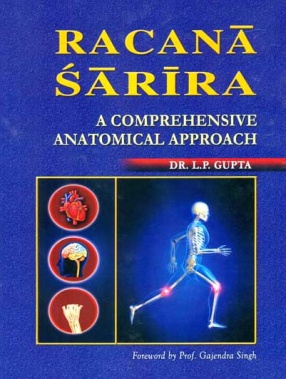

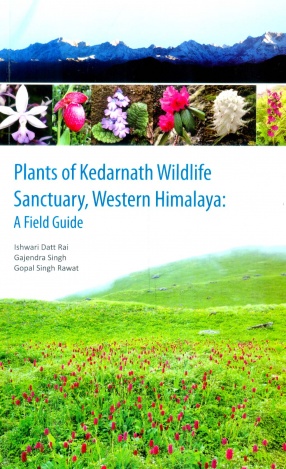
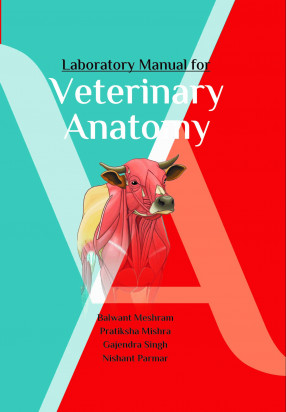
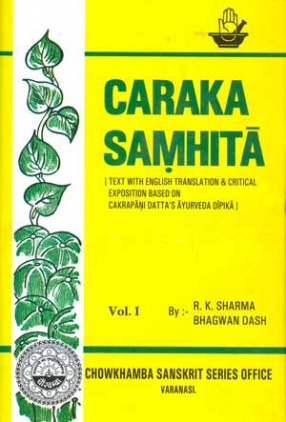
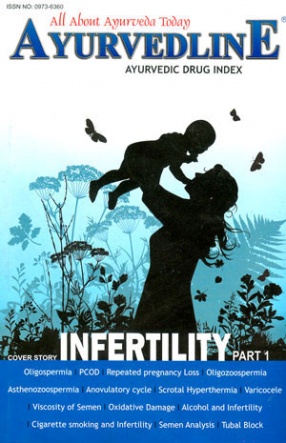
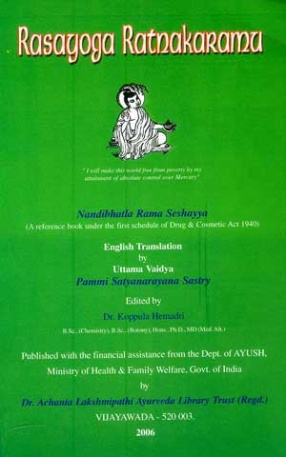
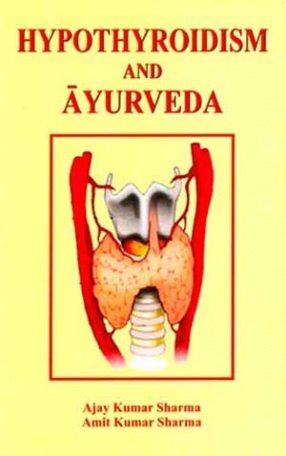

Bibliographic information
Gajendra Singh